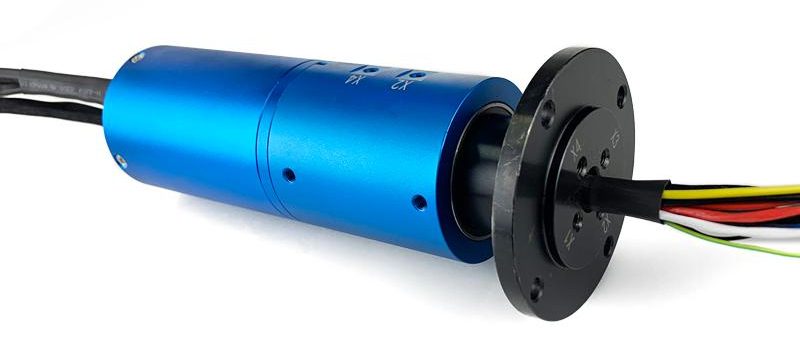Slip ring motors are widely used in industrial applications due to their high efficiency and power output. However, calculating the rotor voltage of a slip ring motor can be a complex process. In this article, we will discuss the steps involved in calculating the rotor voltage of a slip ring motor.
Step 1: Determine the Motor’s Rated Voltage
The first step in calculating the rotor voltage of a slip ring motor is to determine the motor’s rated voltage. This can be found in the motor’s technical specifications. The rated voltage is the voltage that the motor is designed to operate at.
Step 2: Calculate the Motor’s Rotor Resistance
Once the motor’s rated voltage has been determined, the next step is to calculate the motor’s rotor resistance. This can be done by measuring the resistance of the rotor windings with an ohmmeter. The rotor resistance is the resistance of the windings when the motor is not running.
Step 3: Calculate the Motor’s Rotor Voltage
Once the motor’s rotor resistance has been calculated, the next step is to calculate the motor’s rotor voltage. This can be done by multiplying the motor’s rated voltage by the rotor resistance. The result is the motor’s rotor voltage.
Calculating the rotor voltage of a slip ring motor can be a complex process. However, by following the steps outlined in this article, it is possible to accurately calculate the rotor voltage of a slip ring motor. This will ensure that the motor is operating at its optimal efficiency and power output.
See What We Can Do

